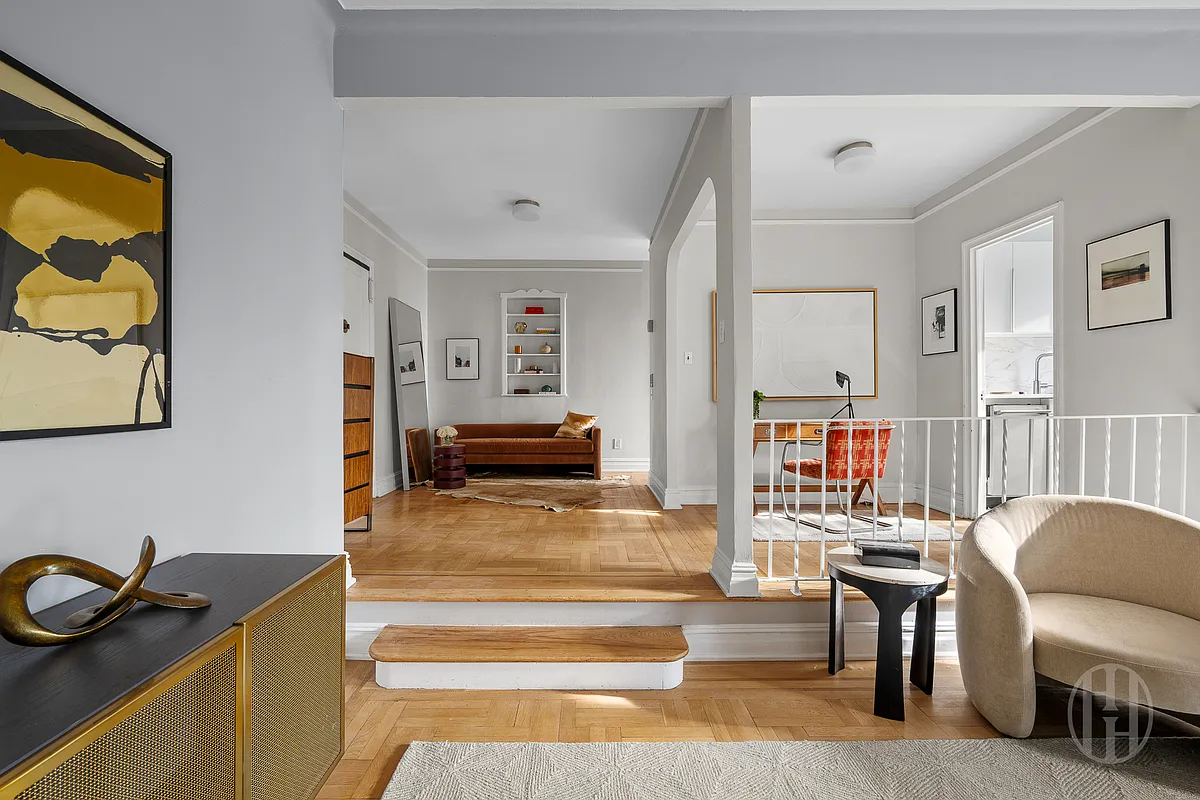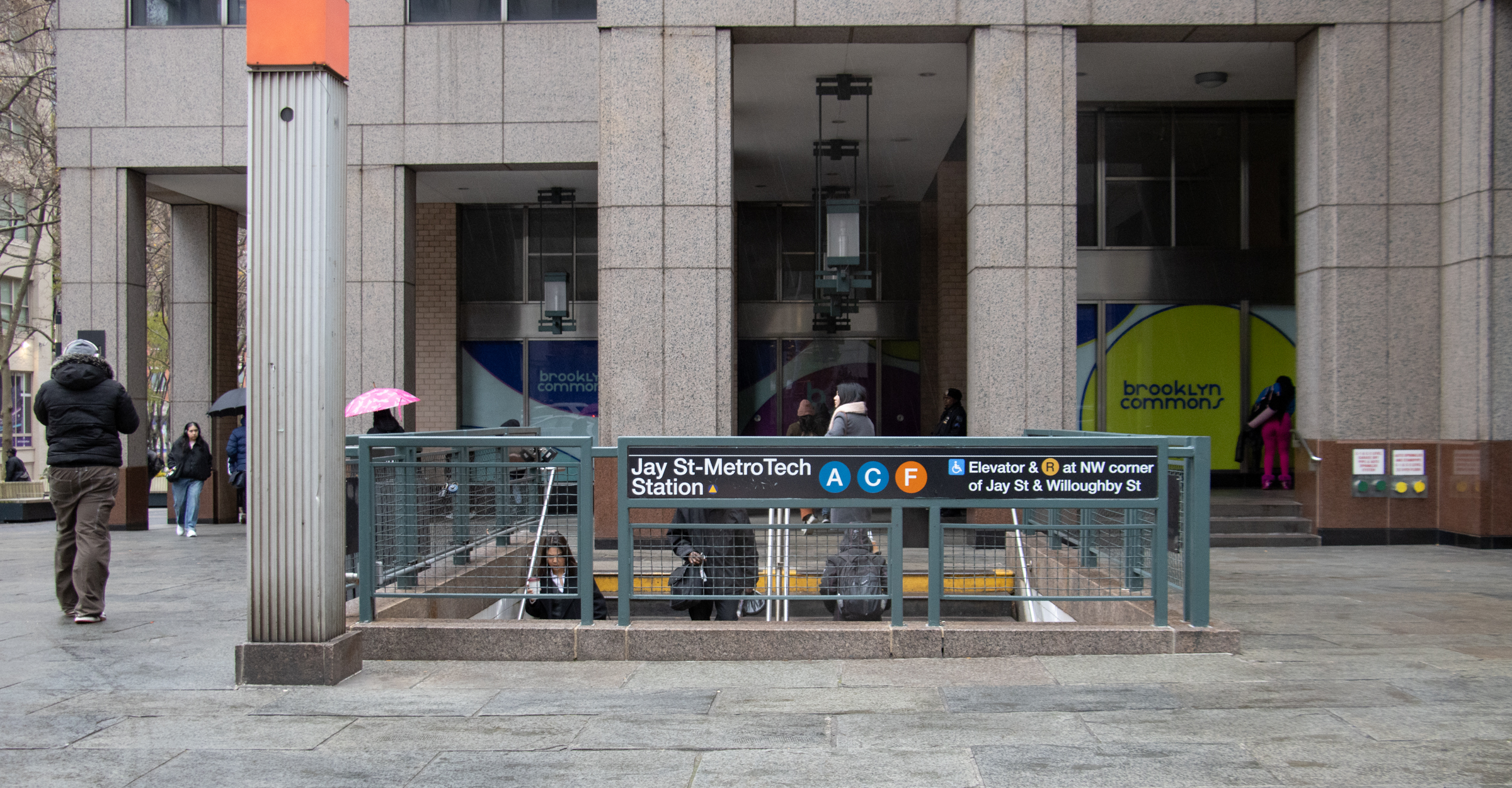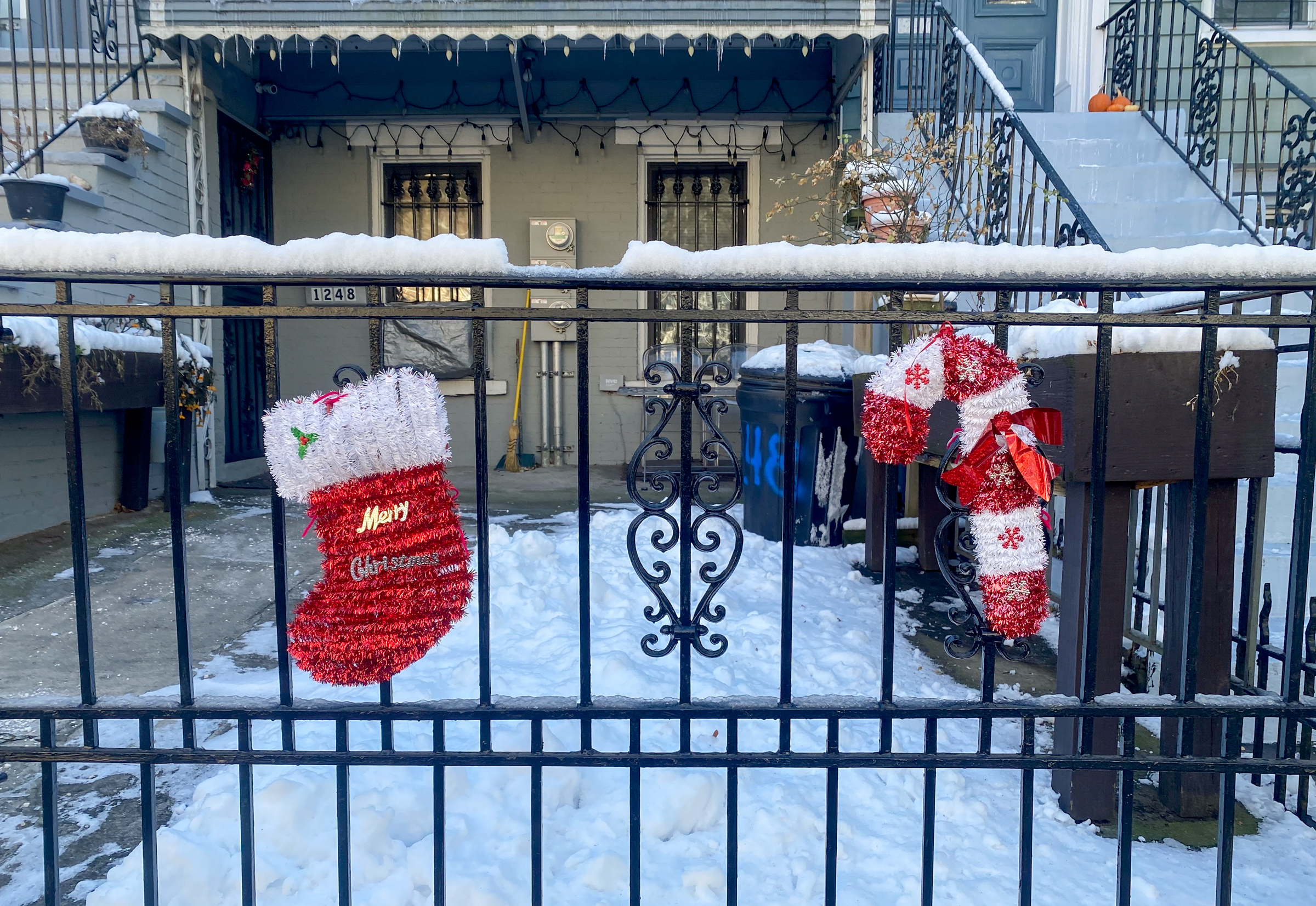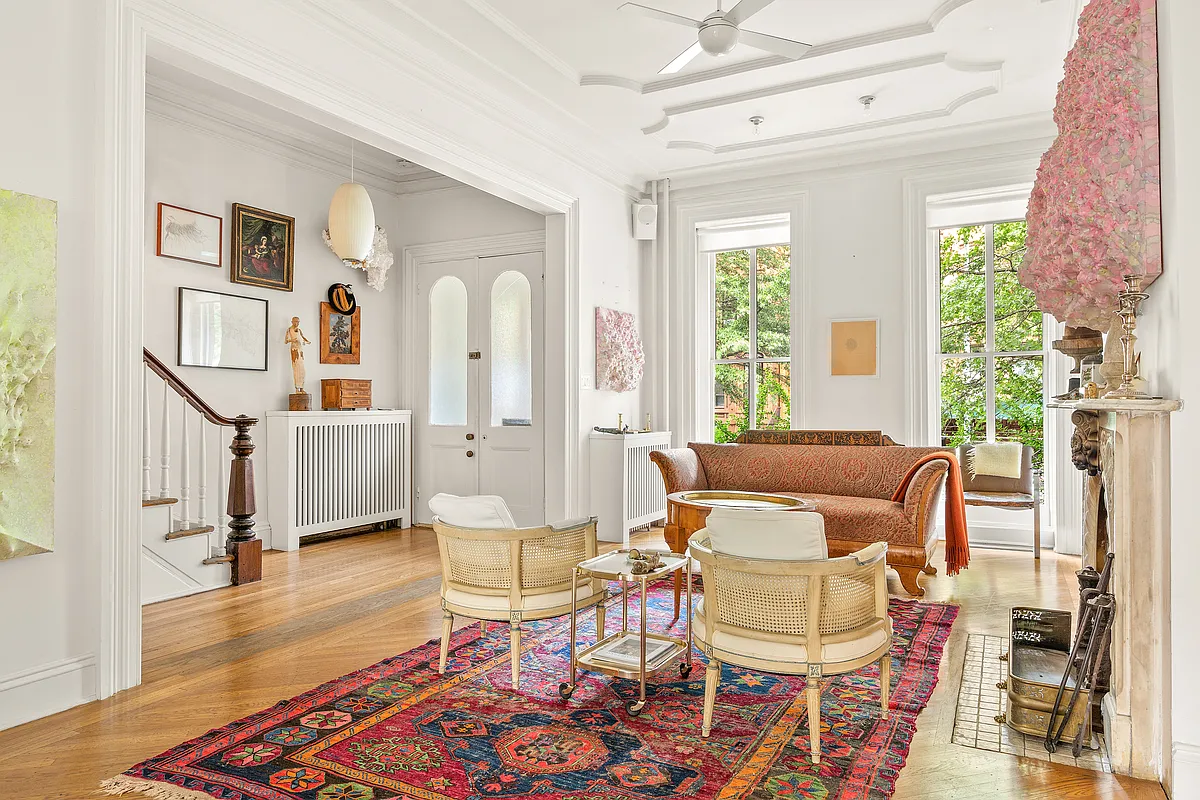How Far We've Come: Traffic Concerns in FG
And in other traffic problems…A decade ago, we bet the last thing on Fort Greene residents’ list of problems was traffic safety. Crime? Sure. Lack of restaurants? Check. But now that the nabe is booming with charming stores and restaurants, the increased amount of pedestrian and vehicular traffic is creating problems at two intersections: Fulton…


And in other traffic problems…A decade ago, we bet the last thing on Fort Greene residents’ list of problems was traffic safety. Crime? Sure. Lack of restaurants? Check. But now that the nabe is booming with charming stores and restaurants, the increased amount of pedestrian and vehicular traffic is creating problems at two intersections: Fulton and Lafayette (above) and Flatbush and Fourth Avenue. So far the Fort Greene Associations efforts to get the Department of Transportation to make improvements to the crosswalks and traffic lights in these locations have gone unanswered; the FGA has now brought up the matter with Community Board 2. We’ll see if they can get some traction.
Pedestrian Danger Zones [Historic Fort Greene]





I don’t think the # of cars in the area have changed since I first lived here in the mid-80’s. Parking has gotten worse though. Back in the day we used to be able to park for free in the old Daily News parking lot on Atlantic. Until recently there was monthly parking allowed in Ratnerville v.2 – aka, “Atlantic Center.” Then he kicked everybody out when he built the Target bldg. This area has a lot of schools and there are a lot of parking permits for teachers out there.
The problem isnt the doors its the traffic management.
No right turns should be allowed from 4th onto Flatbush – all right turns should be onto Atlantic (and then right onto Flatbush).
The small strip north of Atlantic should be left turn only (to avoid the gridlock of the 1 left turn lane)
The corners are not square on Atlantic and Flatbush and the light is too short for a pedestrian to cross flatbush, the little island and fourth avenue, encouraging people to come straight out the door and go straight across the street. Cars are making a turn that is only 45 degrees so they don’t have to slow down as much and they turn right into where people actually cross. Sure people could go to the corners but they don’t and they won’t. Fixing these problems that are induced by the design is what urban planning and traffic management for. Conditions on that corner on not safe and someone will get killed.
one thing we could do to make ped conditions a little better at flatbush/4th/atlantic would be to make the x-walks go straight across the avenues rather than cutting them diagonally. this would let peds get across the avenues faster and with a significantly shorter walk. old people wouldn’t get stuck in the middle of atlantic ave. cars would be able to see peds better. etc.
Atlantic Center isnt actually square so I dont exactly know how you could have the doors at the corners;
but if the placement was optional (i.e. not dictated by overall building design), my guess is the doors would be placed there to create pedestrian flow in the front of the building to create street life and avoid the critisim leveled at the earlier Atlantic Center, that it ignored and was hostile to its urban surroundings.
there may not be more people in the nabe, but there are definitely more cars. in case you haven’t noticed, detroit is making car ownership easier and easier with each passing year. traffic, on all nyc road, espcially those in and out of the city, gets worse every year.
Chuck and Anon 11.52, while I think the corner door location is not a bad idea, I don’t see it as a major issue with respect to cross walks. Go anywhere in NYC and you’ll see that most entrances into buildings are not lined up in front of a cross walk. If you are too fat or walk to slowly to walk 1/2 a block into an entrance from the cross walk, then you have bigger issues….
Anon 11:52 = genius comment.
Anon 12:28 = wtf’s your problem?
I never realized it before, 11:52, but you’re right. Why aren’t the doors at the corners? It seems like urban planners or architects should take these things into consideration. Oh wait – they’re Ratner’s architect’s and urban planners. My bad.
yes